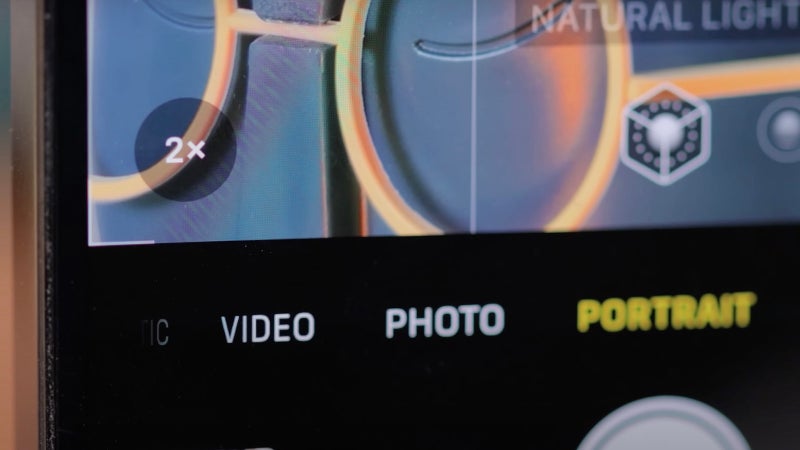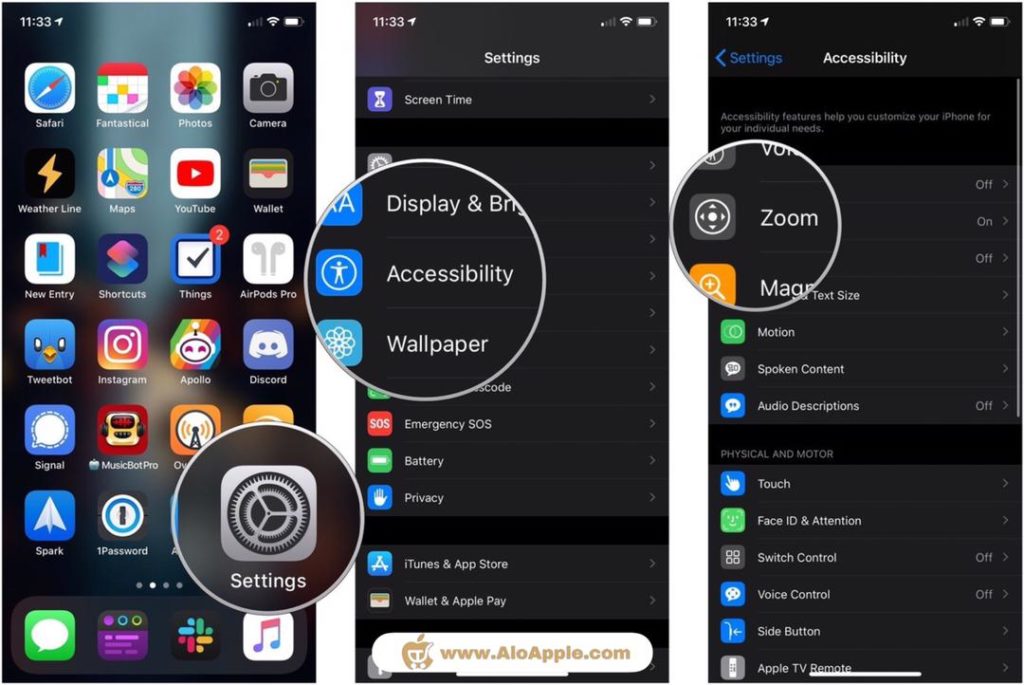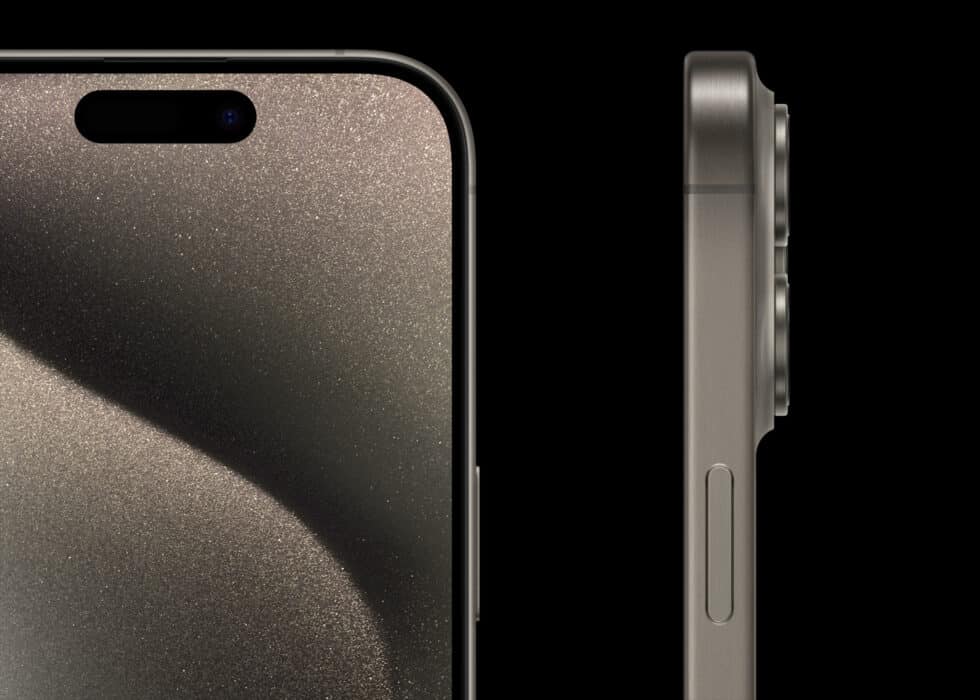The Phenomenon of Extreme Zoom on iPhones: Exploring its Capabilities and Limitations
Related Articles: The Phenomenon of Extreme Zoom on iPhones: Exploring its Capabilities and Limitations
Introduction
In this auspicious occasion, we are delighted to delve into the intriguing topic related to The Phenomenon of Extreme Zoom on iPhones: Exploring its Capabilities and Limitations. Let’s weave interesting information and offer fresh perspectives to the readers.
Table of Content
The Phenomenon of Extreme Zoom on iPhones: Exploring its Capabilities and Limitations
.jpg)
The ability to capture distant subjects with remarkable clarity has become a defining feature of modern smartphones, particularly iPhones. This capability, often referred to as "extreme zoom," has revolutionized the way we document the world around us, enabling us to capture details previously inaccessible to the naked eye. However, understanding the technical intricacies and limitations of this technology is crucial for harnessing its full potential and appreciating its impact on mobile photography.
The Science Behind Extreme Zoom:
Extreme zoom on iPhones is achieved through a combination of optical and digital zoom. Optical zoom utilizes physical lenses to magnify the image, resulting in higher image quality compared to digital zoom.
- Optical Zoom: iPhones employ a multi-lens system, often incorporating a telephoto lens dedicated to providing optical zoom. This lens physically magnifies the image, offering a true zoom experience with minimal image degradation.
- Digital Zoom: When optical zoom limits are reached, iPhones rely on digital zoom, which essentially crops and enlarges the image captured by the main sensor. While this method is convenient, it can lead to a loss of detail and introduce artifacts, such as pixelation and noise, into the image.
Factors Influencing Image Quality During Extreme Zoom:
The quality of an image captured at extreme zoom depends on several factors, including:
- Lens Quality: The quality of the lenses used in the optical zoom system directly affects the sharpness and clarity of the image. High-quality lenses minimize distortion and chromatic aberrations, leading to more pleasing results.
- Sensor Size: Larger sensors are capable of capturing more light, resulting in better low-light performance and reduced noise in zoomed images. iPhones generally utilize relatively small sensors, which can limit their performance at extreme zoom levels.
- Image Stabilization: Image stabilization technology helps to compensate for camera shake, particularly important when zooming in, as even slight movements can blur the image. iPhones employ sophisticated stabilization systems to mitigate these effects.
- Software Processing: Advanced image processing algorithms are used to enhance the captured image, reducing noise and sharpening details. However, over-processing can sometimes lead to unnatural-looking results, especially at extreme zoom levels.
Benefits of Extreme Zoom:
Extreme zoom on iPhones offers a plethora of benefits, transforming the way we interact with the world around us:
- Capturing Distant Subjects: Extreme zoom allows us to capture images of subjects that are far away, be it wildlife, architectural details, or events happening at a distance. This capability has opened up new possibilities for photographers and videographers, enabling them to document subjects that were previously inaccessible.
- Enhanced Creative Expression: Extreme zoom provides a unique perspective, allowing photographers to experiment with different compositions and create dramatic close-ups. It can be used to emphasize specific details, isolate subjects, and create a sense of intimacy or distance.
- Increased Versatility: Extreme zoom adds a layer of versatility to iPhones, making them suitable for a wider range of photographic scenarios. From capturing distant landscapes to documenting sporting events, extreme zoom expands the creative potential of mobile photography.
Limitations of Extreme Zoom:
Despite its advantages, extreme zoom also comes with limitations:
- Image Quality Degradation: As zoom levels increase, image quality inevitably degrades. Digital zoom, in particular, can lead to a loss of detail and introduce artifacts, making it less suitable for capturing high-resolution images.
- Light Sensitivity: Zooming in reduces the amount of light reaching the sensor, leading to a decrease in image brightness and an increase in noise. This is particularly noticeable in low-light conditions.
- Focus Challenges: Achieving accurate focus at extreme zoom levels can be challenging, especially with moving subjects. Autofocus systems may struggle to lock onto the subject, leading to blurry images.
- Limited Reach: While iPhones offer impressive zoom capabilities, they still fall short of the reach of dedicated telephoto lenses found in professional cameras. This limitation can be a factor in situations requiring extreme magnification.
FAQs on Extreme Zoom on iPhones:
Q: What is the maximum zoom level on iPhones?
A: The maximum zoom level varies depending on the iPhone model. Newer models, such as the iPhone 14 Pro Max, offer up to 10x optical zoom and 30x digital zoom.
Q: Is digital zoom as good as optical zoom?
A: No, digital zoom is generally inferior to optical zoom in terms of image quality. Digital zoom crops and enlarges the image, leading to a loss of detail and increased noise.
Q: How can I improve image quality at extreme zoom levels?
A: To improve image quality at extreme zoom levels, try to:
- Shoot in good lighting conditions: Avoid shooting in low light as much as possible.
- Use a tripod or stabilizer: Minimize camera shake to avoid blurry images.
- Focus carefully: Ensure the subject is in sharp focus.
- Edit the image in post-processing: Use editing software to reduce noise and sharpen details.
Tips for Utilizing Extreme Zoom on iPhones:
- Practice and Experiment: Experiment with different zoom levels and settings to understand how they affect image quality.
- Use the Zoom Slider Carefully: Avoid using excessive digital zoom, as it can lead to significant image degradation.
- Utilize Image Stabilization: Turn on image stabilization to minimize camera shake.
- Consider the Lighting: Be mindful of lighting conditions, as low light can significantly impact image quality at extreme zoom levels.
- Utilize Editing Tools: Use photo editing software to enhance the image and reduce noise.
Conclusion:
Extreme zoom on iPhones has revolutionized mobile photography, enabling users to capture distant subjects with remarkable clarity. While digital zoom offers convenience, optical zoom remains superior in terms of image quality. Understanding the technical aspects and limitations of this technology is crucial for maximizing its potential and producing visually stunning images. By embracing its capabilities and navigating its limitations, users can unlock the power of extreme zoom and explore new creative possibilities in mobile photography.







Closure
Thus, we hope this article has provided valuable insights into The Phenomenon of Extreme Zoom on iPhones: Exploring its Capabilities and Limitations. We hope you find this article informative and beneficial. See you in our next article!
